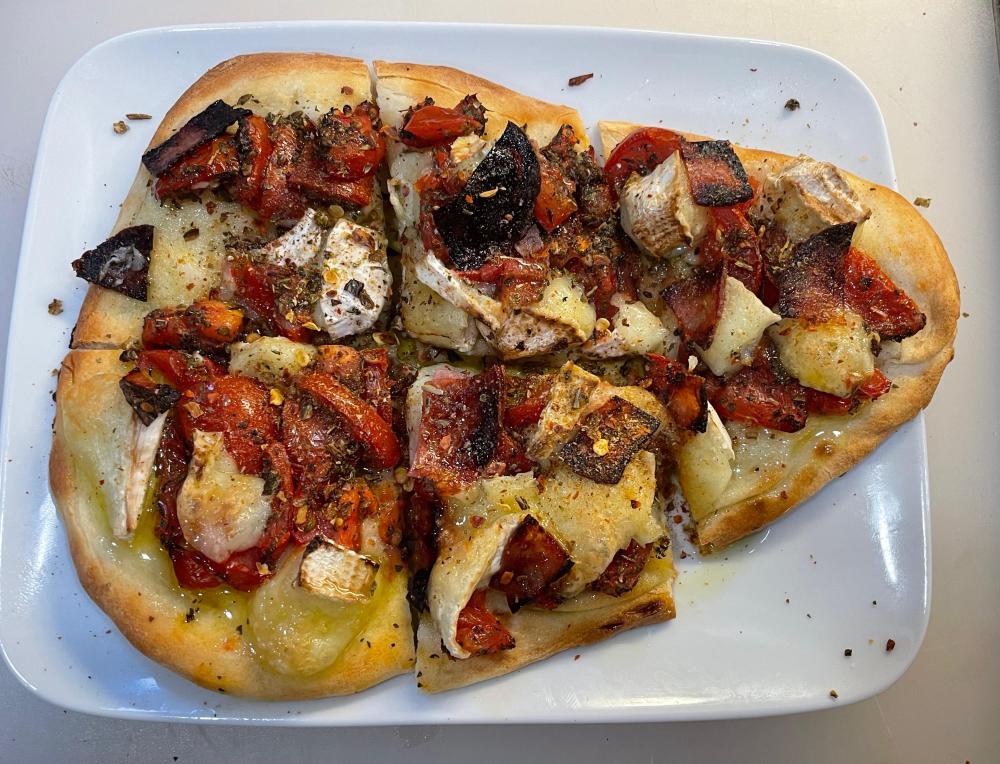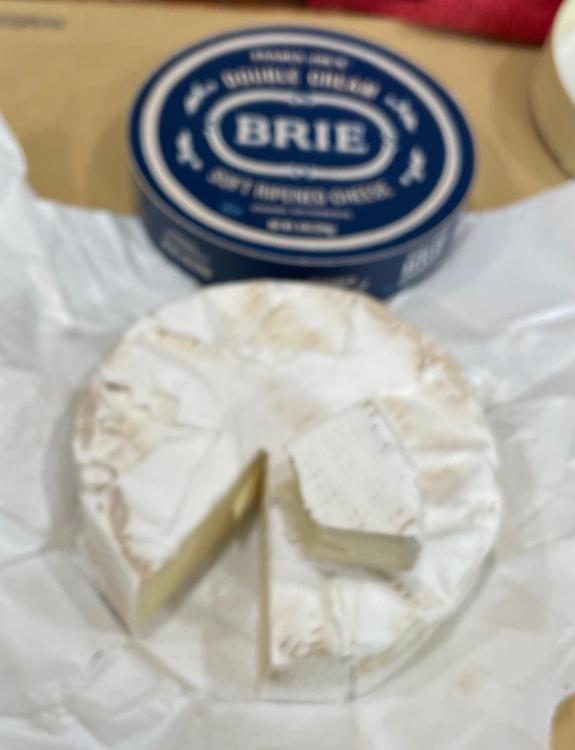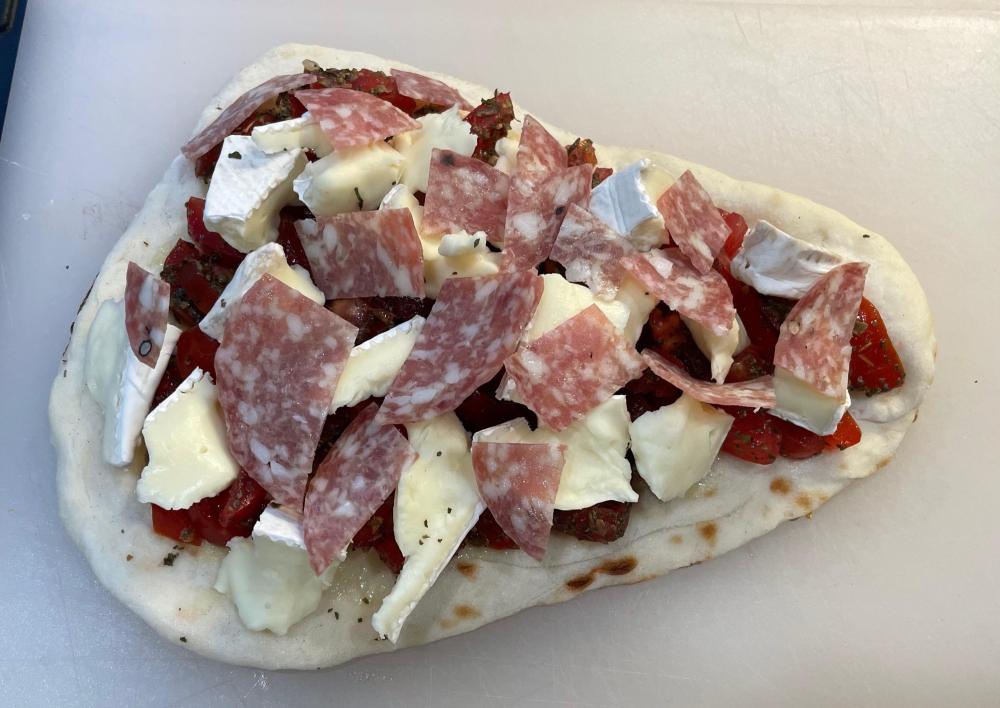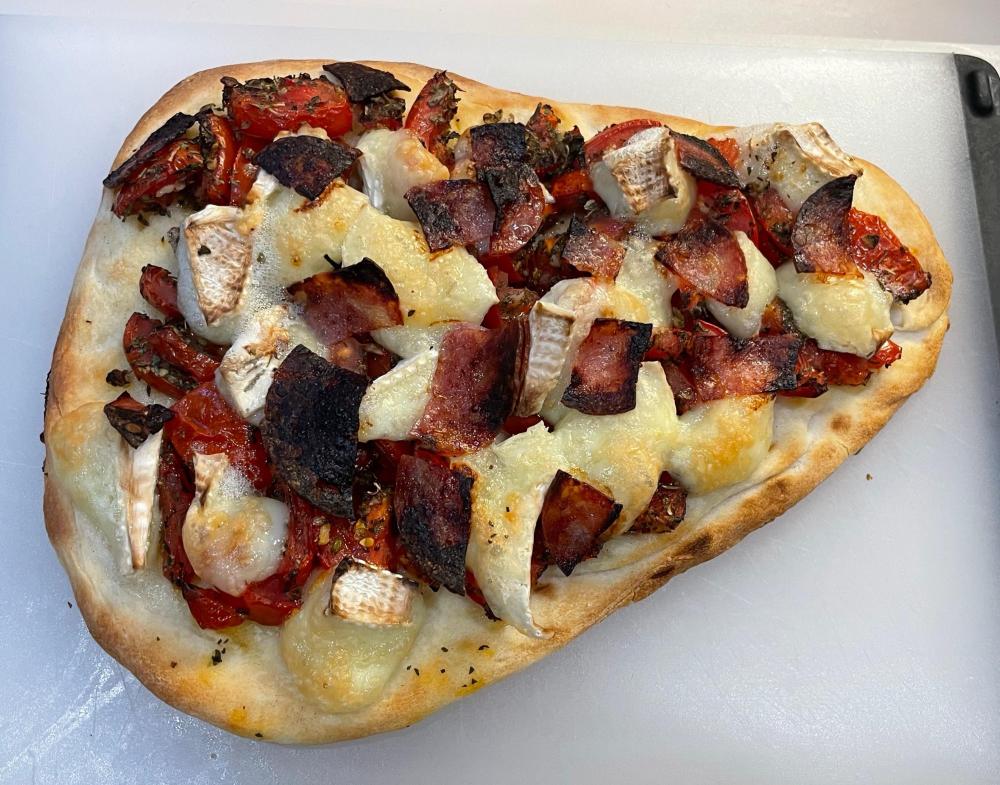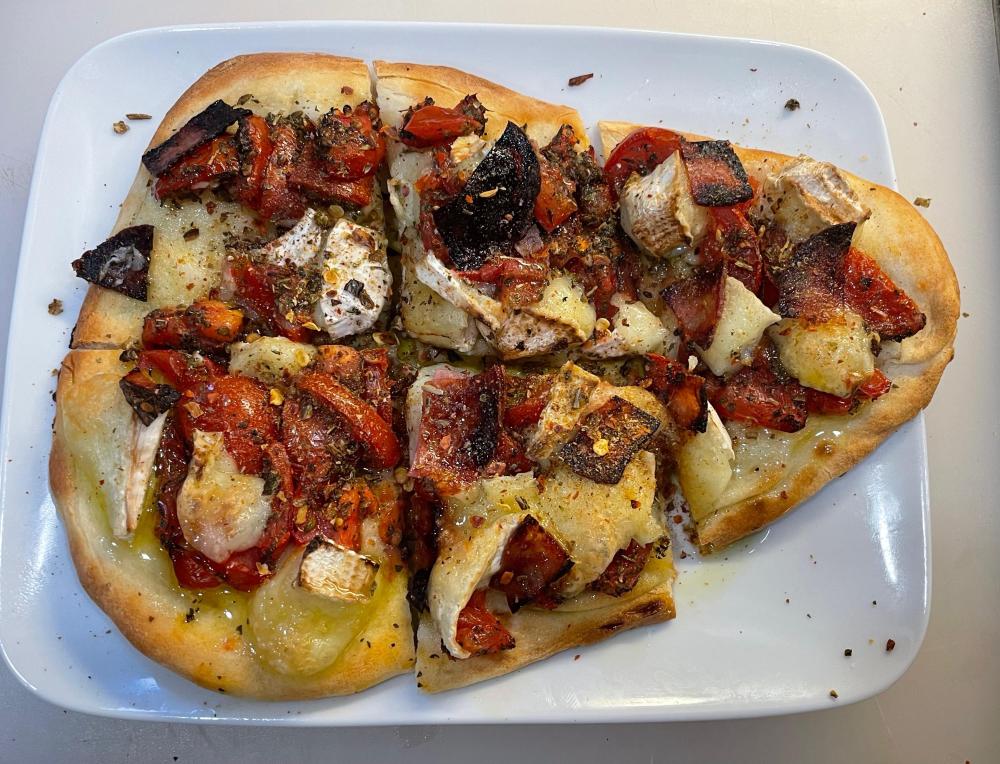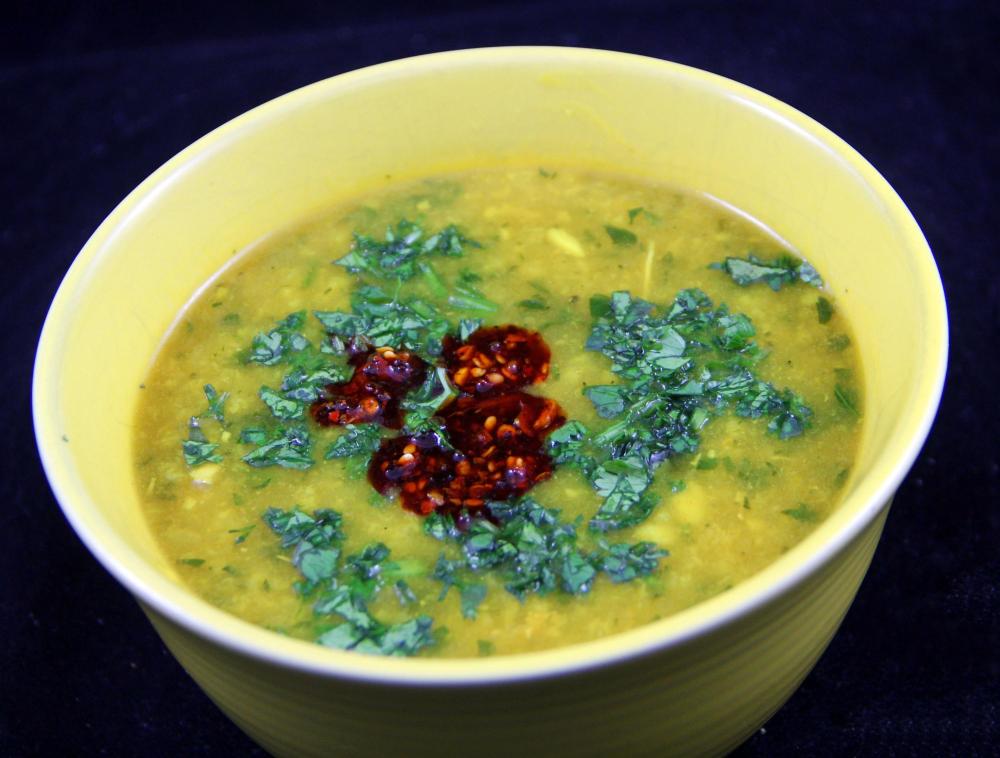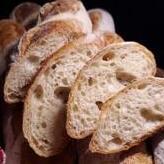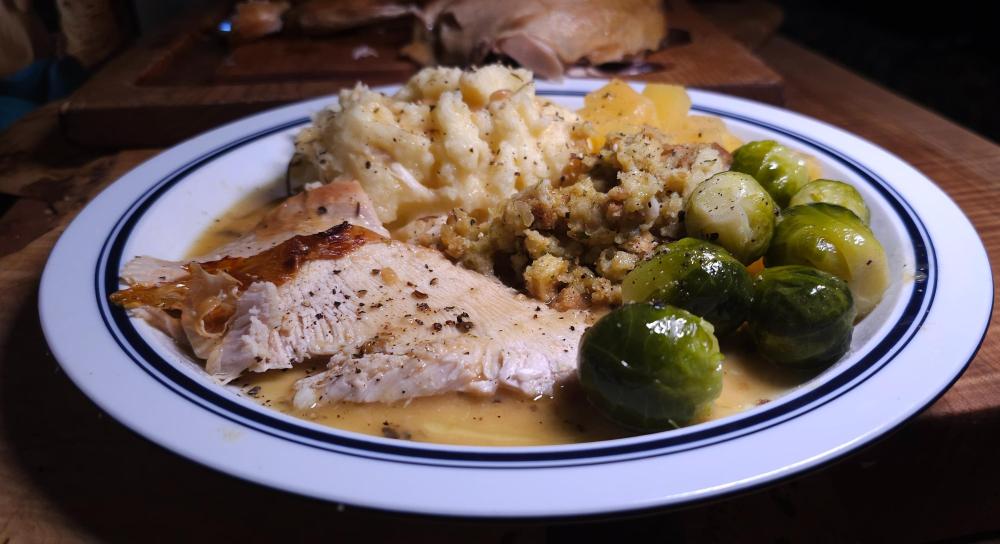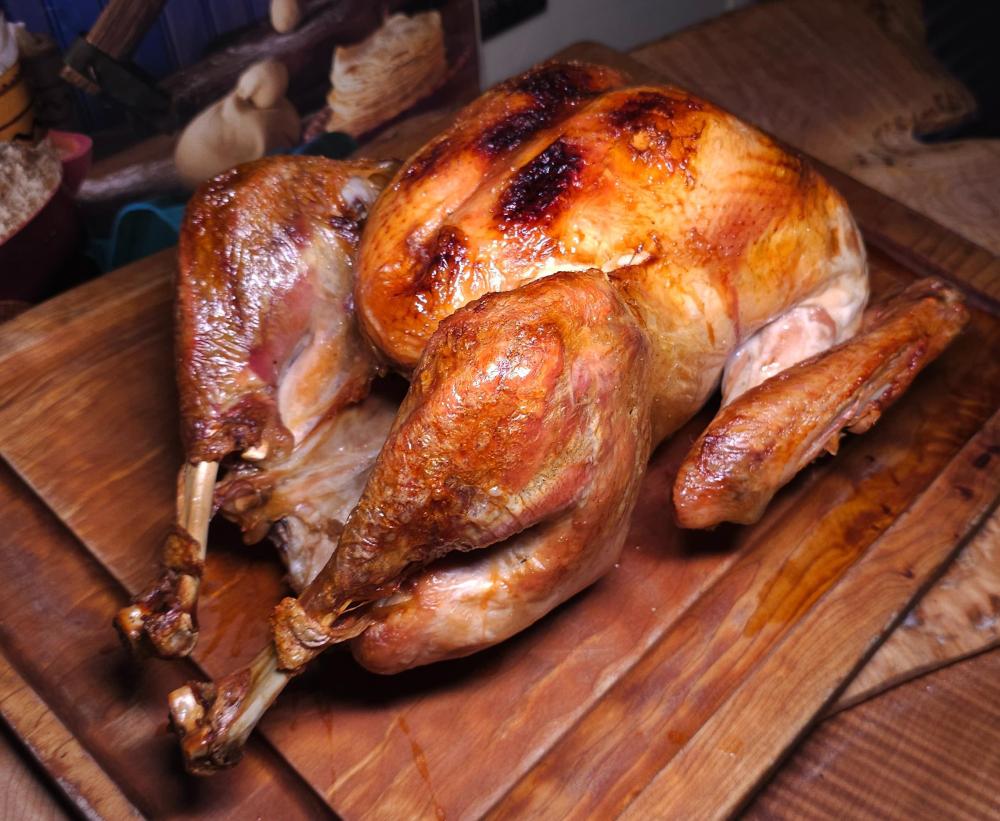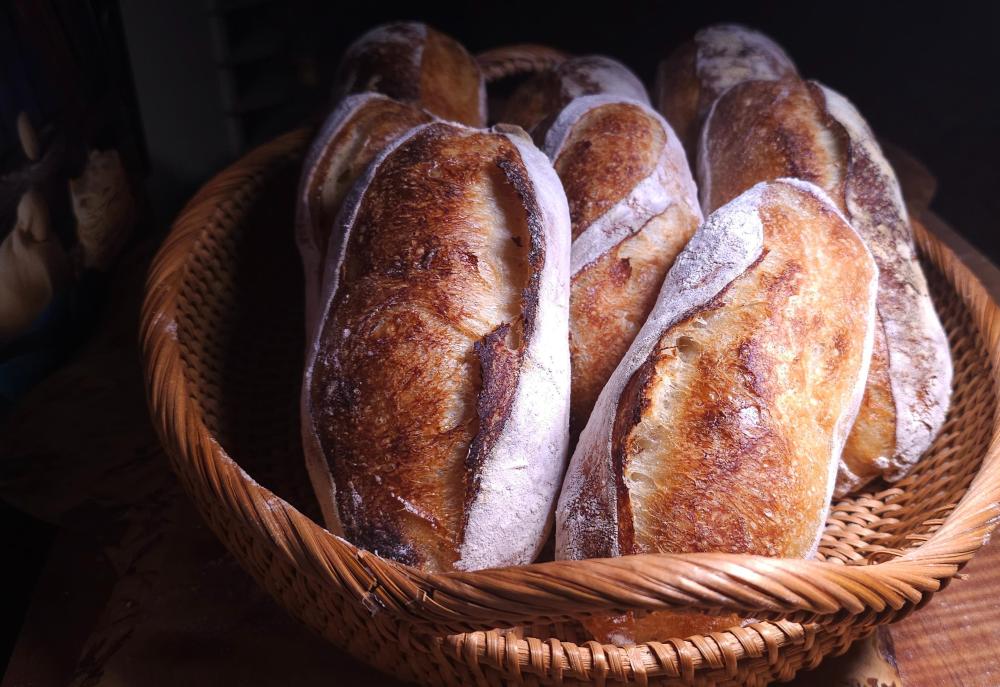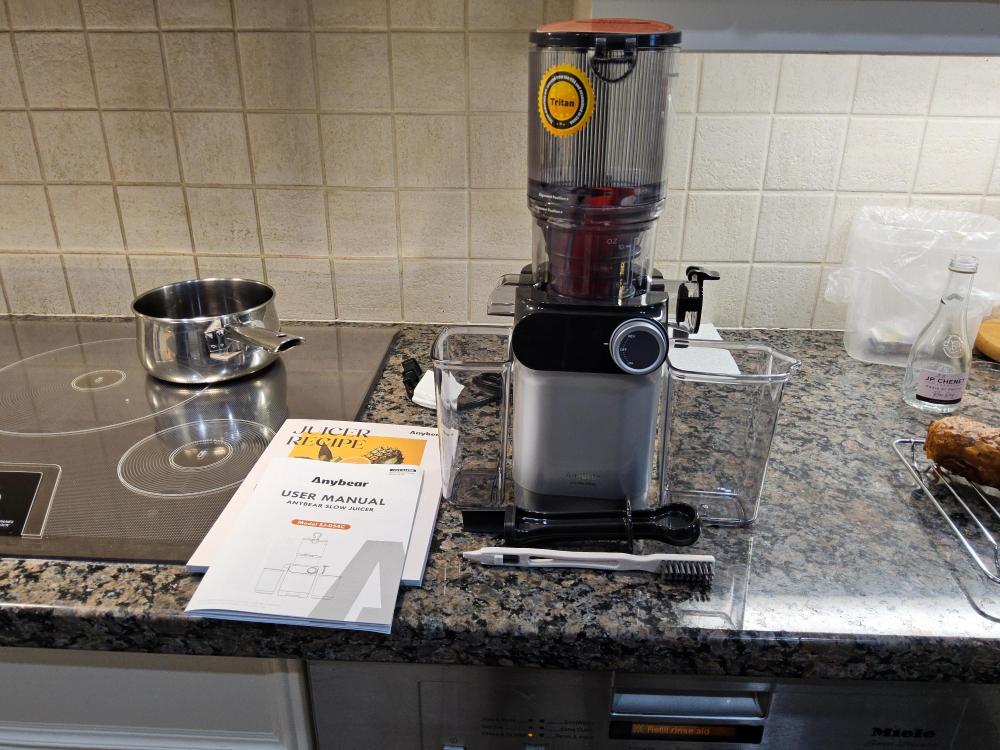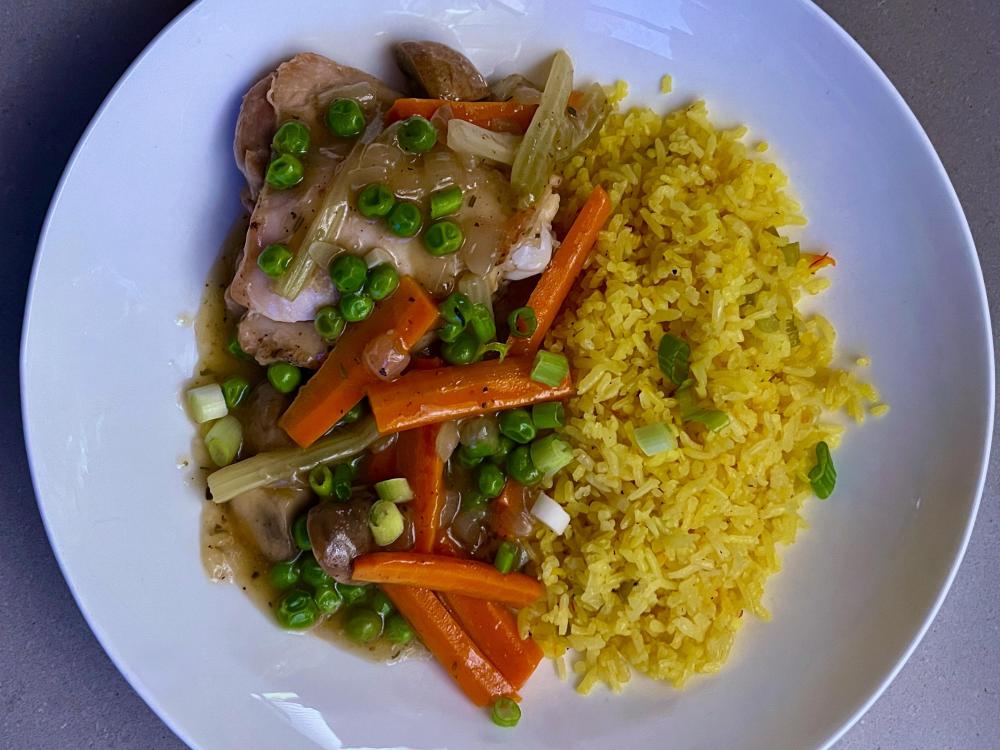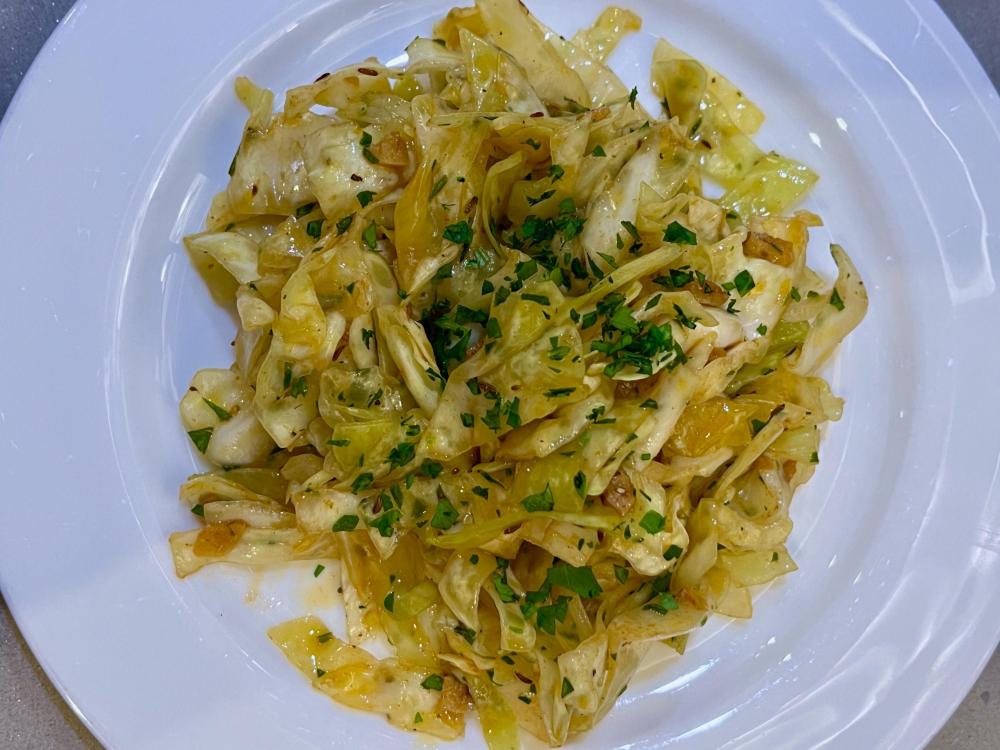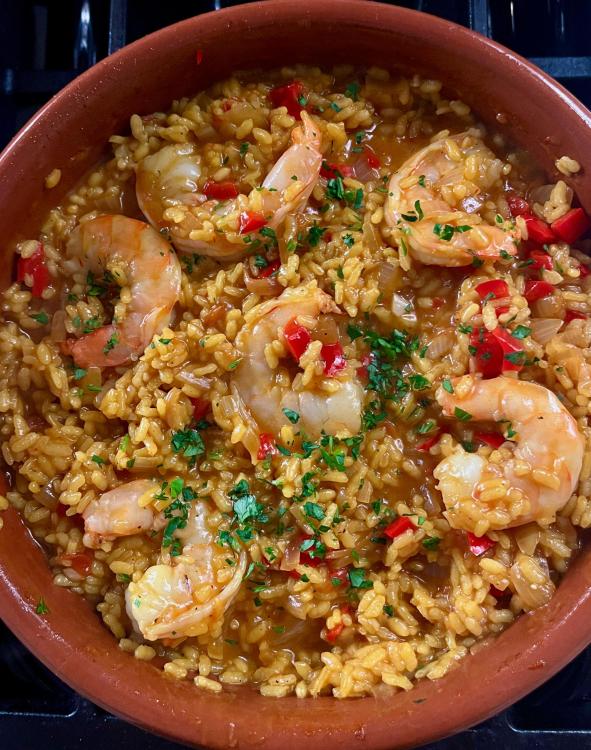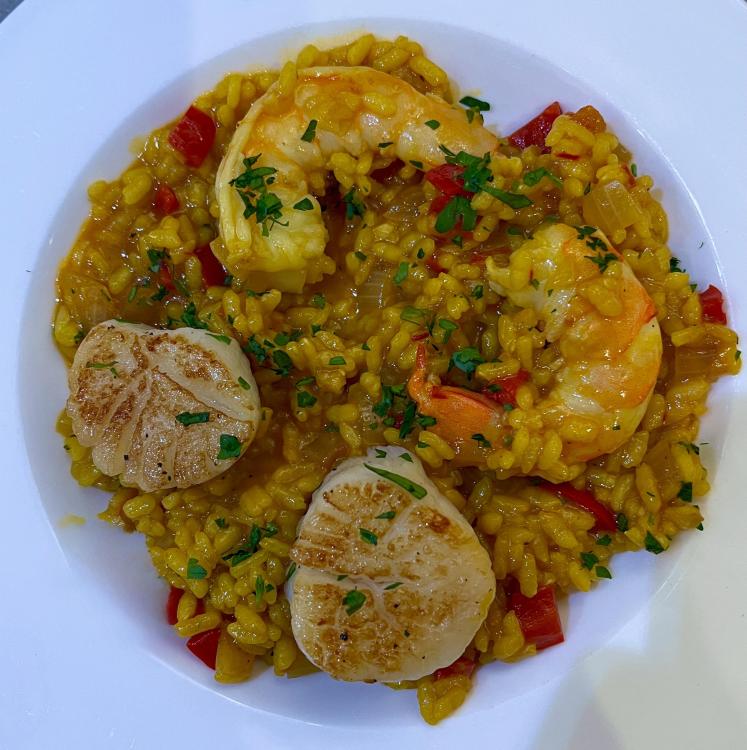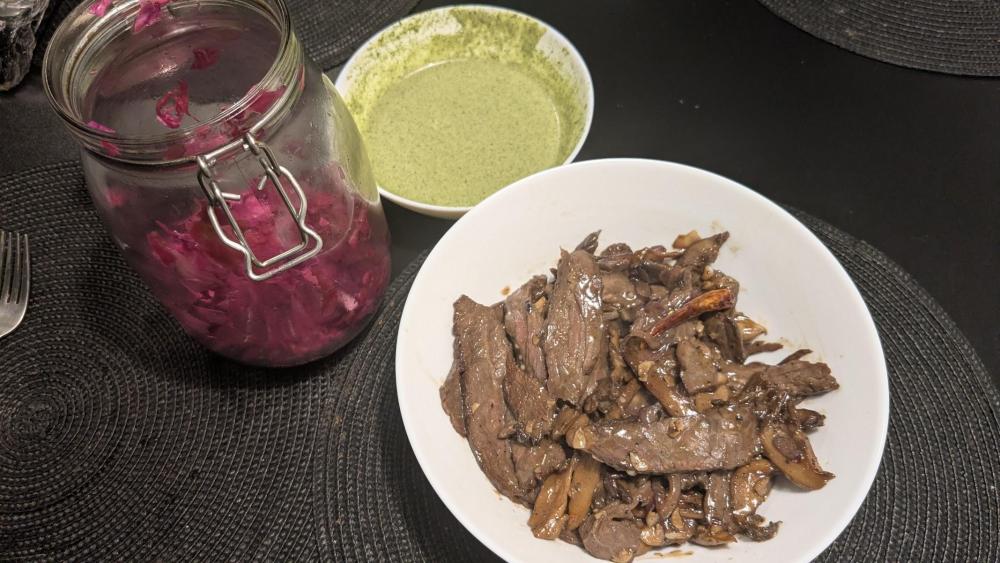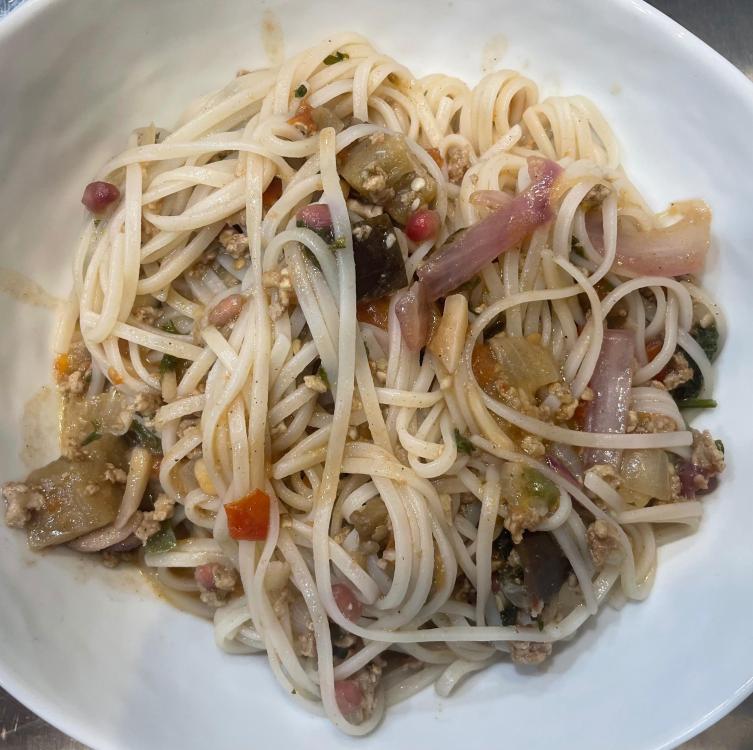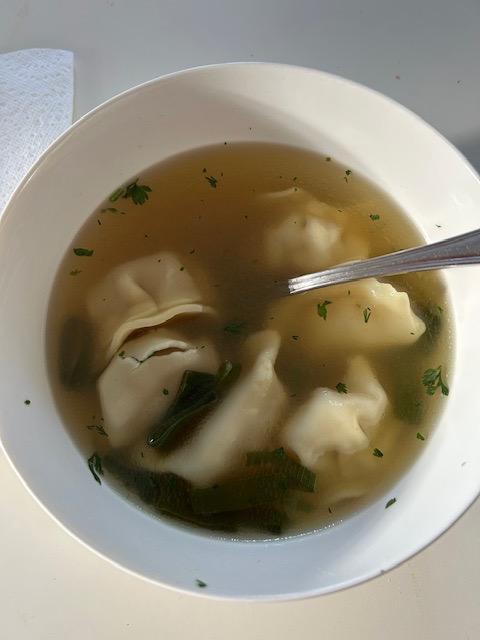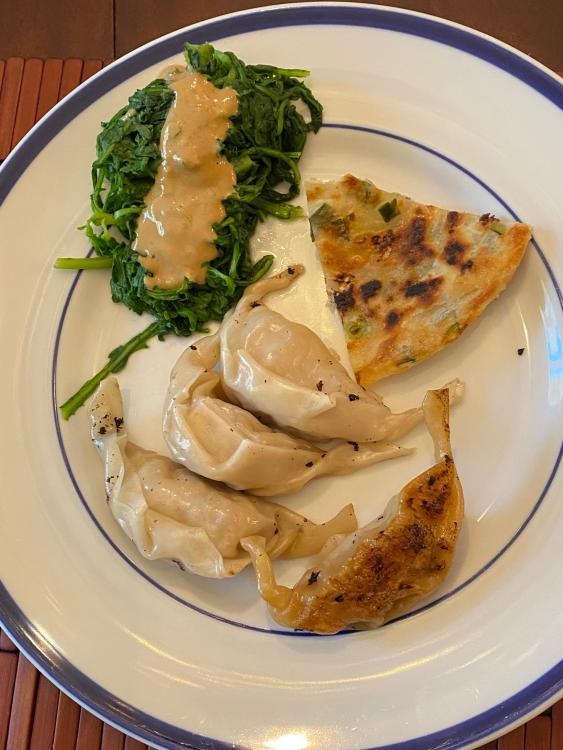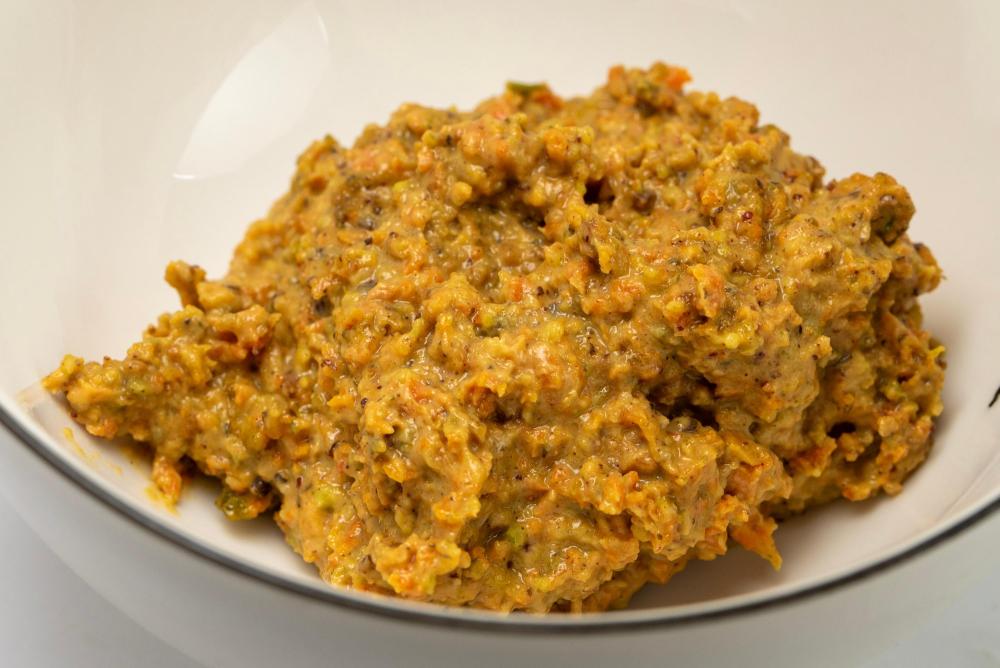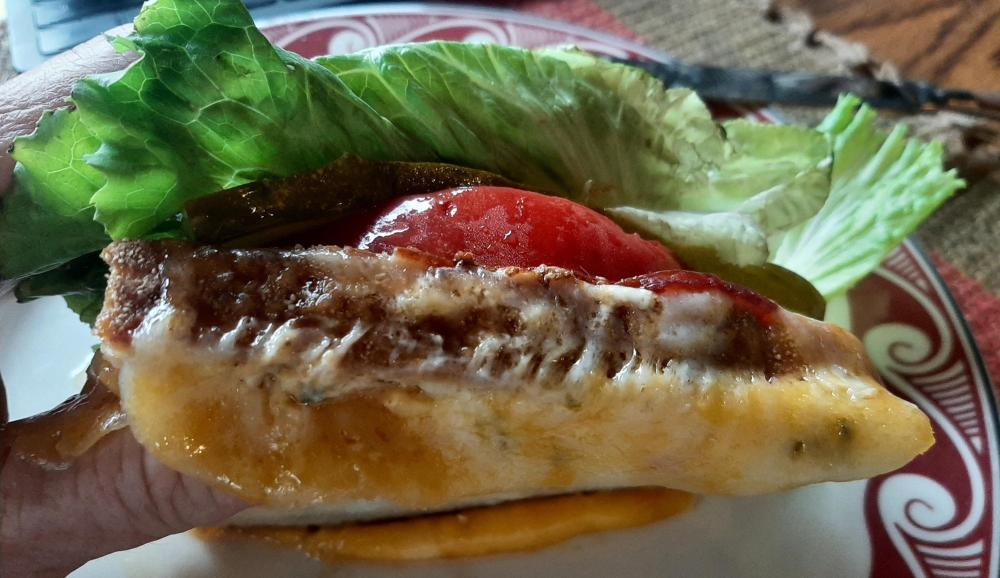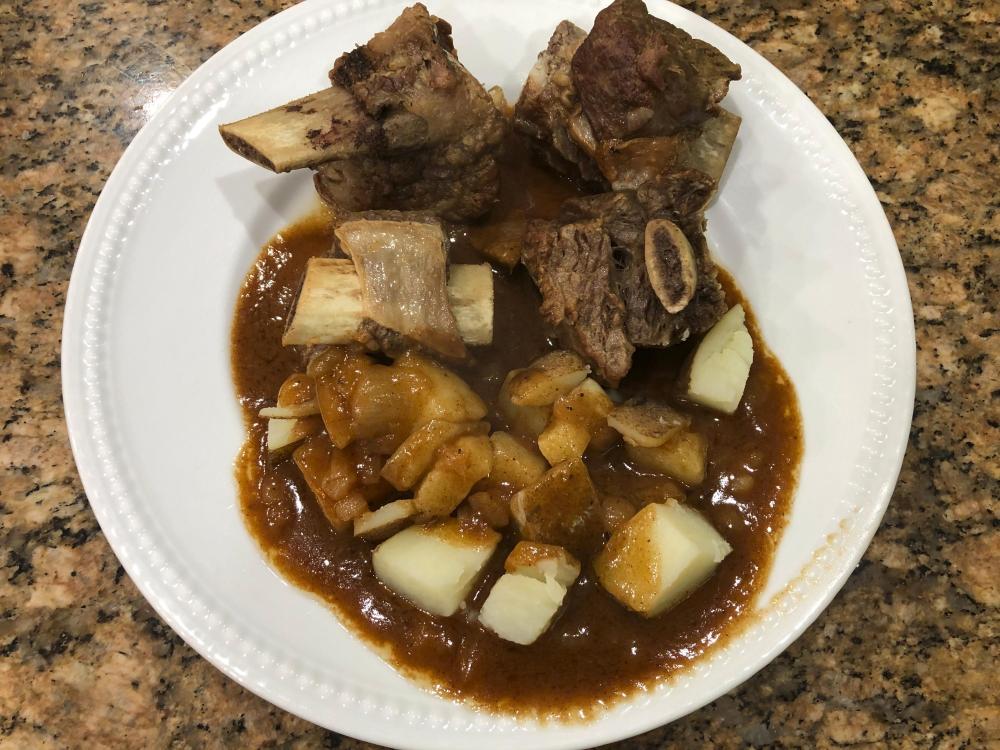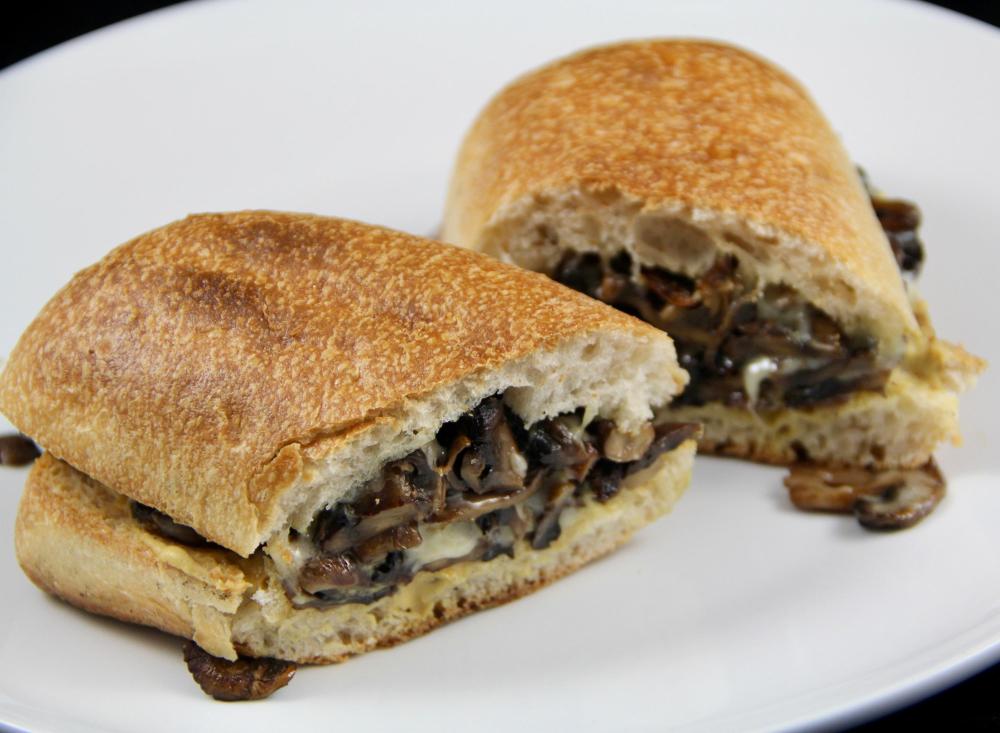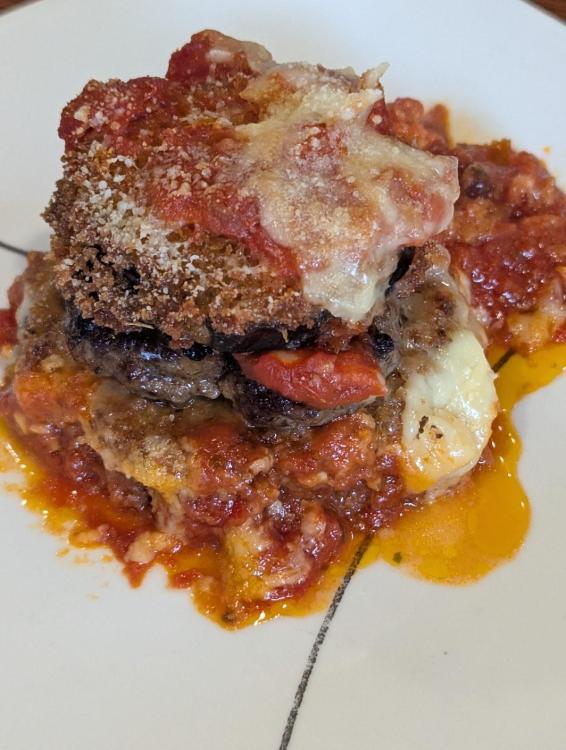-
Welcome to the eG Forums, a service of the eGullet Society for Culinary Arts & Letters. The Society is a 501(c)3 not-for-profit organization dedicated to the advancement of the culinary arts. These advertising-free forums are provided free of charge through donations from Society members. Anyone may read the forums, but to post you must create a free account.
All Activity
- Past hour
-
another way of looking at rapid release of meat might be this : say you pressure cook meat , and the meat is partially submerged in liquid , or not at all : pressure steamed. the PC temp is well above 221 F , sea level boiling. rapid release creates a rapid boil in the pot , and on the surface of the meat . that surface , above the liquid will be dry. the problem is the dry meat will seem tougher than wet meat , but I see no way that can be true dry and wet have different mouth feel . on the other hand , dry meat has mouth feel similar to toughness , but was tender when moist. extreme example : jerky so rapid release will dry meat that's above the ' water line ' but the meat under the water line will stay moist and feel in the mouth tender . one last thought : the dry parts of meat , above the waterline @ quick release , may ' chew ' tought as is , but left in the liquid will re hydrate w time . a tough piece of meat will remain tough in any liquid .
-
As I said I know nothing about the science behind it so you could be right. I have mainly heard it in reference to making pot roast and other types of meat that would not be covered by a liquid. I've never tried making them in an IP. I've only used it for stews and soups.
- Today
-
@Tropicalsenior I think that is incorrect . fast release, releases a lot of steam , which concentrates the liquid portion of the PC contents by evaporation . I use this feature all the time when making stock . if i start w 3 cups of water , use quick release , there is less water left in the pot. in terms of toughening meat , I cant think of a mechanism for toughening the meat . there still might be one, but I doubt it. quick release might dry the meat , if the meat is not totally submerged in the liquid : the exposed meat will ' boil ' making that portion dry here is a ref. https://www.hippressurecooking.com/meat-openings-pcs/ you have to read it carefully . dryness is not the same as toughness .
-
I don't know the science behind it but I've always heard that using quick release with meat can toughen it. I can't prove it because I never use Quick Release with meat.
-
@Rickbern the danger w quick release of P.C.s is 1 ) getting burned w steam 2 ) creating a rapid boil of the contents of the pot , a sort of foaming action . the temperatures in a PC ( high or low pressures ) are well above the temperature issues mentioned in the Kenji article. quick release does not increase the temperature of the pot.
-
@Duvel I think there’s a lot of approaches to braising. If cooking at a hard boil works for you , more power to you. In my experience, I like to keep the temperature lower, I find the parchment paper helps me out. May not work for you. As far as the pressure cooker goes, there’s danger in quick releasing the pressure, every pc braise recipe I’ve ever looked at encourages natural release, perhaps it’s the same problem kenji was pointing out. I’m not that knowledgeable on the subject. I’ve made brisket in a pressure cooker, it turned out pretty good, I don’t tend to do it so much anymore because I like the lower temperature approach and I’ve gotten away from using brisket all that often. Nowadays my pressure cooker is only used for making stock, just personal preference.
-
I do it all the time. There's no such thing as marbled fatty beef in Costa Rica. In order to make it edible I have to use the pressure cooker or braze it for more hours than I care to do. The trick to making it tasty and tender is to Brown it thoroughly and not overcook it. Even if it is nicely marbled, meat that is overcooked in the pressure cooker is going to be stringy and tough.
-
I agree. Plenty of fat, plenty of connective tissue - same success factors as for a good braise. Temperature renders connective tissue into gelatin, and tightens muscle fibers. The equilibrium between both determines your final product. Tenderness can be achieved at any temperature depending on time - and the question of covering the braise ultimately affects the liquid part more than the solids …
-
I personally think for a P.C. stew to be edible , the meat itself has to be reasonably fatty , if not more so . for very lean meat , top // bottom round , or grass fed , there better be many tasty add-ins for that sort of meat to make a tasty PC. stew . or , you might have to be famished , which would work .
-
Yeah … How do you explain the surprisingly successful pressure cooker stews ?!
-
Dinner : Naan-ish pizza described over on the TJ's thread : https://forums.egullet.org/topic/155097-trader-joes-products-2017–/page/69/
-
I decided it was time to try that Brie from Wisconsin : its been almost a week @ room temp. I had hoped it aged and got runny and very flavorful . It did not. sorry , bad iPhone focus . it has some brie // camembert flavor , but not a whole lot. its ' soft ripened cheese ' for sure , but only hints at B //C . it also did not ' run ' its my understanding that there are Brie //camembert cheezes that are made not to run vs run. Run is always better , for my tastes . what to do ? Naan-ish pizza : iPhone seems to have woken up after its nap. out of the AF add- ons. this was tasty , bu would have been tastier w the Real Deal B. Tj's has one , from FR of course , it has an orangish label , and looks a little beat up in their cheese case . I get the Ooziest one , and home age a bit. next time . what to do with the rest of this cheese ? nothing wrong with it , just not a lot , if any , funky-ness I think Ill make a Bronzo Penne layered bake, using a fresh pot of M.Hazen's tomato sauce , w red onion stick blended in and this cheese .
-
-

Provincetown, the "Outer Cape," and Wellfleet Too
liamsaunt replied to a topic in New England: Dining
Thanks for the report, always nice to see the Provincetown views from where you stay. -
Last night's dinner. I bought a small 10lb turkey when they were available for Thanksgiving. Pulled it out of the freezer on Monday and roasted it last night for dinner. Roasted at 500° using the high heat method. Our traditional sides. As much as I love chicken more than turkey, I do like having a turkey carcass to make broth for soup.
-
I made two batches of sourdough on October 14th. Both started with one of the "scraping" of the jar mini biga. One was baked on October 18th. I didn't exactly forget about the second batch, but I just didn't get around to taking it out of the fridge last night, after a 7 day cold fermentation. Left it on the counter overnight until 4:00 AM this morning. Out of the oven around 6:00 AM. I'm always amazed how even after that long of time in the fridge it still turns out well.
-
This is the one I ended up with. It was advertised at a regular price of $400, I paid $150. Ordered yesterday, arrived today. I see that today Amazon is showing a regular price of $452, sale price $170. I can understand the difference in the sale price but regular price? I wrote to the selling company and they said the machine will indeed separate blueberries from their seeds. I have some thawing to see if this is so.
-
I dont think a braise at the boiling point of water would be very succesful. Thats much too hot. Thats the 20 f difference he’s talking about
-
Its very difficult to accurately , in a scientific sense , if not impossible , to measure flavor. its subjective . its also temperature dependent . and overnight ' rest ' is simply a ... simple unit of time. Vivian Howard made an interesting point in her second show. She was making a casserole . One of the major units in the casserole was ground beef w alf dozen ground apices mixed in. she noted that after throughly mixing the burger , then cooking , you could taste the individual spice components. after letting the mixture rest overnight ( refrigerated of course ) then cooking , you tasted ' one ' flavor . its an interesting point . She's as pretty insightful and honest chef. Id say she tried both , and came to that conclusion . on the other hand , if you are braising for 3 hours , at a temp well above room temp , your flavors are probably evenly distributed . equilibrium is reached faster at higher temps. my feeling is that resting results in , at least , water soluble flavors , possibly also fat soluble ones moving back into meat , as the fibers relax at cooler temps . they probably also move back into say a cooked carrot , as the cellulose has degraded . but probably in vegetable terms , not that far.
-
Then there's the whole issue of "flavors building overnight". The only test of this that I know of is tasting in the morning and noting improvement. But I've routinely sampled dinner leftovers 30 min after dinner when I'm cleaning up. Flavors are better t hen too. I suspect that our tastes get dulled during a meal and everything tastes better after our taste buds "reset" in a short while. So I propose that sitting overnight is pointless as far as taste development.
-
It does not. Beside the marginal effect of evaporation, the pot and its content is in equilibrium with the oven environment. No build up. It will not magically heat up above the boiling point of water. The volume above the liquid may have a different temperature, as the saturation of steam will depend on how much you let escape. But that’s not your point. The chart given by Kenji is worthless without the external temperature. It’s all about the rate of evaporation.
-
Couple of recent dinners - this from a few nights ago: I guess I'd call this chicken thigh braised in white wine and stock with onions, garlic, carrots, celery, peas. Served with Carolina gold rice pilaf. Last night: Ensalada de Col Andaluza (Spanish Garlic Cabbage Salad). Arroz Caldoso con Camarones. I also had ordered 1/2lb. diver scallops, so why not gild the lily...
-
just found this from a search, but this is what I mean by overheating, particularly the kenji reference. Heats builds in a covered pot. Follow the kenji link, he goes into (surprise!) considerable detail near the end of the article. Harold McGee, in his "Guidelines for Succulent Braises and Stews," advises braising with "the pot lid ajar to allow some evaporation" (On Food and Cooking, p. 163). J. Kenji López-Alt, in his Food Lab article on Great Chile Verde Without Hatch Chiles, notes that a pot with its lid left slightly ajar "stays a good 20°F lower, keeping the meat inside at a temperature far closer to the ideal." Edit- here’s another from Thomas Keller. There’s a link in the bottom to his short rib recipe https://www.masterclass.com/articles/cooking-101-learn-how-to-cook-with-a-cartouche
-
Had about half a skirt steak left (300gram-ish), SV-ed 3hrs at 53C, that I had to repurpose. So it went in with garlic, oyster mushrooms, oyster sauce, soy sauce, bit of chili and allulose (plus a bit of cornstarch slurry). Adding the beef at the very end kept it moist and medium-rare (tender). Accompaniaments were a cilantro-mint yoghurt sauce and red cabbage salad.
-
I’d like to know what “overheat” means … Keeping the lid on or using foil, a cartouche etc. simply controls the rate of evaporation. Of course the rate of evaporation affects thermal equilibrium in your braise, but the thermal mass of your cooking vessel the temperature of your oven controls the heat transfer and thus the temperature above the water. As long as there is water in your braise, the temperature under the liquid level remains at 100oC. And without pressure it cannot exceed that, “tight” lid or not … I usually caramelize veggies, reduce wine, etc. and keep liquids below what is recommended, but evaporation at the minimum. Temp at 110-120 oC, 3-4h …
-
Who's Online 5 Members, 1 Anonymous, 548 Guests (See full list)
-
Popular Now
-
Recent Forum Images





